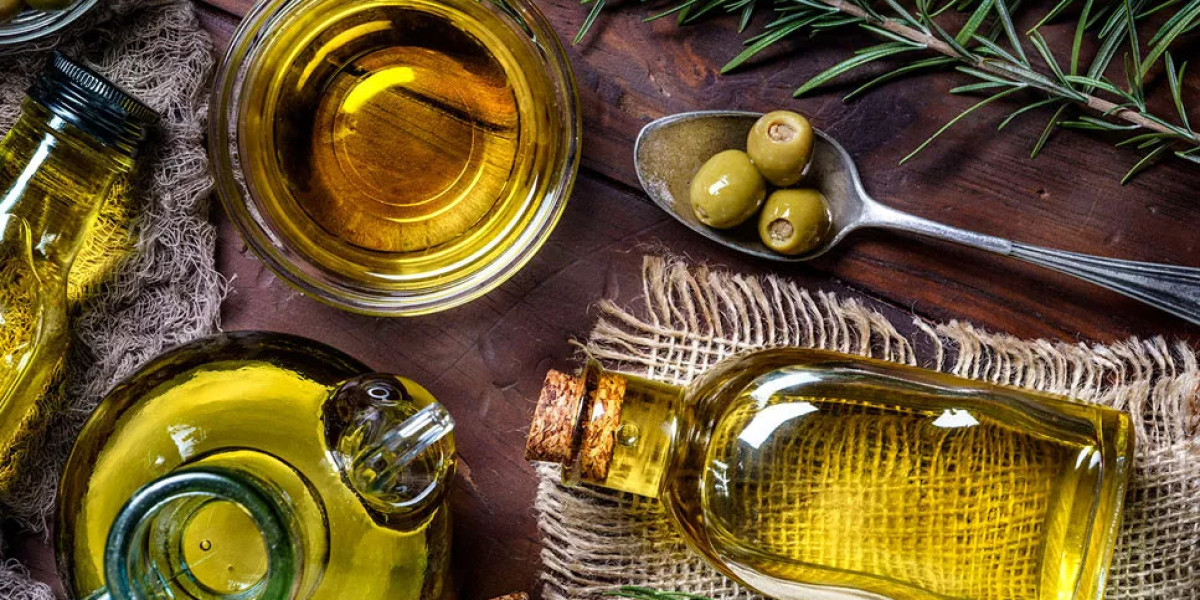For centuries, the golden elixir of olive oil has graced kitchens and tables, adding flavor and richness to countless dishes. But olive oil's benefits extend far beyond the culinary world. It's also a popular natural remedy for hair care, boasting a reputation for adding shine, softness, and strength.
However, navigating the world of natural beauty treatments can be tricky. Does olive oil truly live up to the hype, or is it an age-old myth passed down through generations? Let's delve into the science behind olive oil for hair, exploring its potential benefits, drawbacks, and how to use it effectively for your specific hair type.
The Science Behind Olive Oil's Hair Benefits
While there's limited large-scale scientific research on olive oil's direct impact on hair growth or preventing hair loss, some studies suggest potential benefits. Olive oil's primary components are oleic acid, a monounsaturated fat, and squalene, a natural emollient. These elements offer some key advantages:
Moisturization: Emollients like squalene help lock in moisture, preventing dryness and frizz. This can be particularly beneficial for those with dry, coarse, or damaged hair.
Shine Enhancement: Olive oil smooths the hair cuticle, the outermost layer, resulting in a reflective surface that bounces light and creates a glossy appearance.
Reduced Split Ends: The emollient properties can temporarily smooth split ends, offering a more polished look.
Scalp Soothing: For those with dry or itchy scalps, olive oil's moisturizing properties may offer some relief.
It's important to note that these benefits are primarily temporary. Olive oil doesn't bind permanently to the hair shaft, so the effects wear off after washing.
Hair Type Matters: Who Can Benefit Most from Olive Oil?
Olive oil isn't a one-size-fits-all solution. Here's a breakdown of how it might impact different hair types:
Dry Hair: Dry hair stands to benefit the most from olive oil's moisturizing properties. It can help combat frizz, add shine, and improve manageability.
Normal Hair: If you have normal hair that's not particularly dry or oily, occasional use of olive oil can add a touch of shine and help tame flyaways.
Oily Hair: Olive oil can weigh down already oily hair, making it appear greasy. It's generally best to avoid using it directly on the scalp or roots for this hair type.
Fine Hair: Similar to oily hair, fine hair can be easily weighed down by olive oil. If you choose to use it, apply sparingly and focus on the mid-lengths and ends.
Remember: A patch test is always recommended before applying any new product to your hair, especially if you have sensitive skin. Apply a small amount of olive oil behind your ear and wait 24 hours to check for any irritation.
How to Use Olive Oil for Hair: A Step-by-Step Guide
If you've determined that olive oil might be a good fit for your hair type, here's how to use it effectively:
Choose the Right Olive Oil: Opt for extra virgin olive oil, as it's the least processed and retains the most beneficial nutrients.
Warm It Up (Optional): While not essential, slightly warming the olive oil can improve its penetration into the hair shaft. You can do this by placing the bottle in a bowl of warm water for a few minutes.
Less is More: Start with a small amount, especially for fine or oily hair. A tablespoon is usually enough for medium-length hair.
Pre-Poo Treatment: For deep conditioning, apply the olive oil to dry hair an hour or two before shampooing. Focus on the mid-lengths and ends, avoiding the scalp for oily hair. You can wrap your hair in a warm towel to enhance absorption.
Hair Mask: Mix olive oil with other beneficial ingredients like honey or yogurt to create a nourishing hair mask. Apply it to damp hair, leave it on for 20-30 minutes, and then shampoo and condition as usual.
Split End Treatment: Apply a tiny amount of olive oil directly to split ends to smooth them temporarily.
Overnight Treatment (Use with Caution): For very dry hair, you can leave the olive oil on overnight. However, be mindful of staining delicate fabrics like pillows.
Thorough Rinsing is Key: Olive oil can be difficult to remove, so ensure you rinse your hair thoroughly with warm water after using it. You might need to shampoo twice, especially if you applied a generous amount.
Beyond the Basics: Maximizing Olive Oil's Hair Care Potential
While the basic application methods are effective, there are ways to leverage olive oil's benefits further:
DIY Hair Serums: Combine olive oil with lighter carrier oils like jojoba or grapeseed oil for a non-greasy hair serum. Add a few drops of essential oils for a delightful fragrance (always dilute essential oils properly before use).
Heat Protectant: While not a substitute for a dedicated heat protectant spray, olive oil can offer some protection from heat styling. Apply a very small amount to damp hair before using hot tools, focusing on the mid-lengths and ends.
Scalp Massage: For a relaxing scalp massage, warm a small amount of olive oil and gently massage it into your scalp using your fingertips. This can help improve circulation and promote relaxation. However, avoid this if you have a very oily scalp.
Sun Protection (Limited): Olive oil offers some mild protection against UV rays, but it shouldn't be your sole defense. Use a dedicated hair sunscreen for optimal protection, especially when spending extended time outdoors.
Precautions and Potential Drawbacks
While generally safe for most hair types, there are a few things to keep in mind:
Overuse: Excessive use of olive oil can weigh down hair and make it appear greasy. Start with a small amount and increase gradually if needed.
Comedogenic: Olive oil is mildly comedogenic, meaning it can clog pores. If you have acne-prone skin, avoid applying it directly to your scalp.
Build-up: If not rinsed thoroughly, olive oil can build up on your hair, causing dullness and attracting dirt. Ensure you shampoo your hair properly after using olive oil treatments.
Not a Miracle Cure: Olive oil won't dramatically increase hair growth or prevent hair loss. However, it can improve the overall health and appearance of your hair.
Finding the Perfect Olive Oil for Your Hair
The good news is that with the thriving online shopping in Pakistan, finding high-quality olive oil is easier than ever. Popular platforms like Daraz.pk, Telemart.pk, and Hamzastore.pk offer a wide variety of extra virgin olive oil brands to choose from. Look for brands known for their purity and ensure they are labelled for cosmetic use. By researching online and following the tips above, you can incorporate olive oil into your hair care routine and experience its potential benefits for yourself.
Alternatives to Olive Oil for Hair
If olive oil isn't the perfect fit for your hair type or you'd like to explore other options, consider these natural alternatives:
Coconut Oil: Excellent for dry hair, coconut oil offers intense moisture and can help tame frizz.
Argan Oil: Rich in antioxidants and vitamin E, argan oil is known for its ability to add shine and strengthen hair.
Jojoba Oil: Similar to the natural sebum produced by your scalp, jojoba oil is lightweight and non-greasy, making it suitable for most hair types.
Avocado Oil: Packed with vitamins and fatty acids, avocado oil is a great moisturizer for dry and damaged hair.
Ultimately, the best way to determine if olive oil works for your hair is to experiment. By following these tips and finding the application method that suits your hair type, you can unlock the potential benefits of this natural hair care remedy and achieve healthier, shinier, and more manageable locks.



